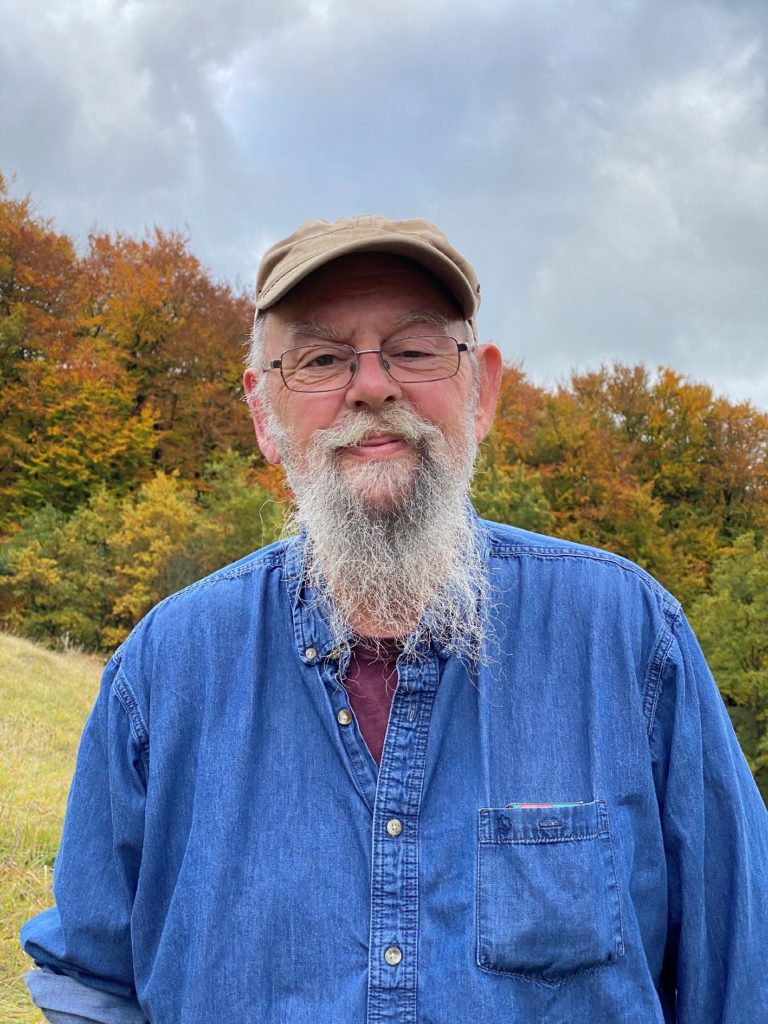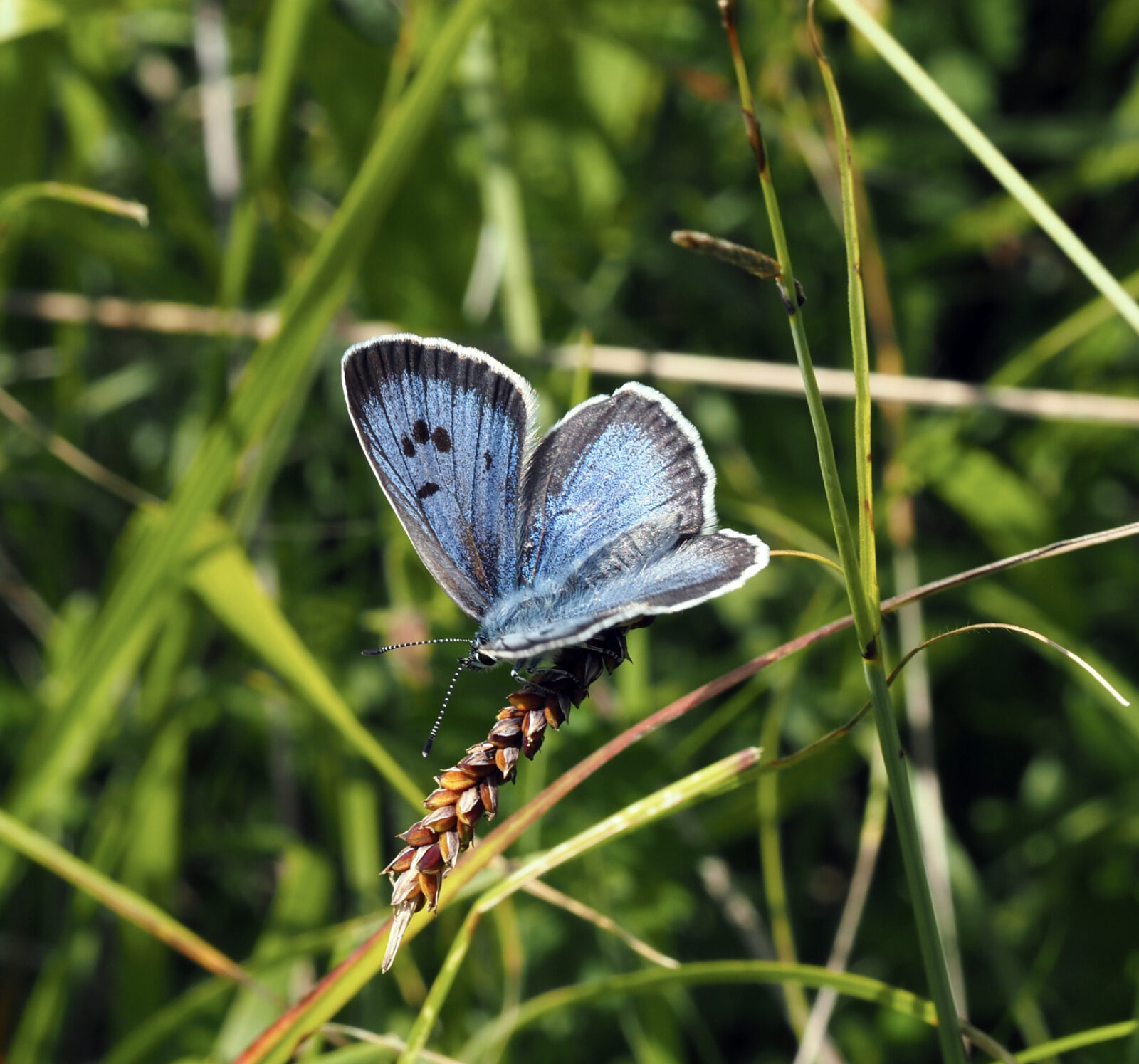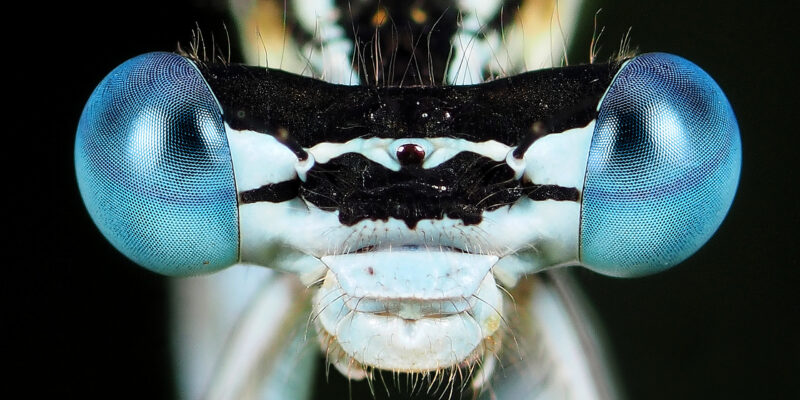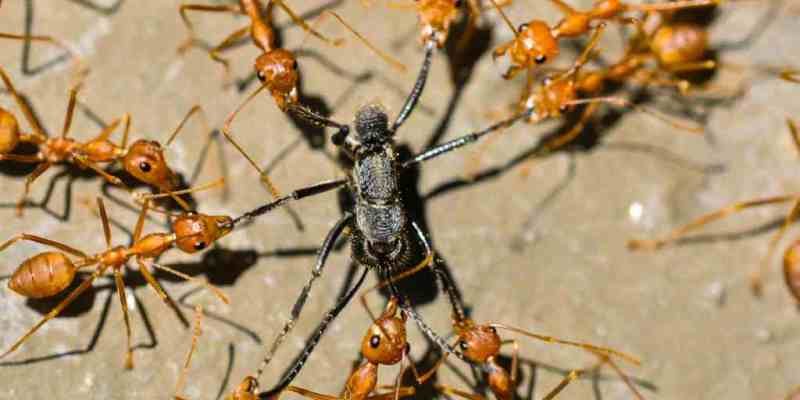Rapid selection for increased dispersal rates by the endangered butterfly Phengaris (Maculinea) arion across restored landscapes
David J. Simcox, Sarah A. Meredith, Jeremy A. Thomas
First Published: 24 September 2024

Conservation Project Manager

Conservation Project Officer

RES Honorary Fellow
The Royal Entomological Society Conservation science team recently published their findings in RES journal Insect Conservation and Diversity on the dispersal rates of the endangered Large blue butterfly.

After reintroduction to the UK, the endangered butterfly Phengaris arion has naturally colonised >40 sites where its habitat has been restored. We studied seven factors that might be influencing dispersal.
Isolation of sites was the most important constraint on the colonisation of new habitats, followed by the number, but not the density, of P. arion on source sites. A more mobile phenotype of P. arion has evolved during its first 10–12 generations of spread across landscapes.
Adults now fly twice as far to found new colonies as in the early years. We map the probabilities of linking restored sites with neighbouring populations in three former landscapes.
“This paper brings together four decades of work in the field, demonstrates the power and speed of natural selection under certain conditions, and illustrates the great value of long-term datasets.”
– David Simcox FRES, Conservation Project Manager
P. arion is currently listed as ‘Near Threatened’ globally by IUCN having previously been classed as ‘Endangered’, a designation to which it may revert should its status as a possible cryptic species in Europe and west Asia be confirmed. Across Europe, P. arion is unequivocally an ‘Endangered Species’, having experienced >90% losses in 1990–2010, with steep declines continuing.
The UK, however, provides an exception. There, bespoke regimes of grassland grazing, based on a detailed knowledge of its narrow larval niche, have enabled our definition of P. arion‘s optimum habitat (>68% initial foodplants coexisting with fit colonies of M. sabuleti) to be restored to about 50 former sites and Protected Areas.
Following introductions of larvae from Sweden to Site X in Devonshire (1983–1985) and to Green Down in Somerset, P. arion has flourished and spread naturally to most currently occupied sites, aided by occasional assisted translocations to new regions, landscapes or distant sites sourced from the burgeoning UK populations on Green Down, Collard and from FR or from Daneway Banks in Gloucestershire. Read more about Daneway Banks.
Today, the species is well established in Somerset’s Polden Hills and the Cotswold Hills of Gloucestershire, where the two largest populations each contain ~9000 adults, an order of magnitude larger than those found in four central European nations; moreover, two other UK sites support densities roughly 25-fold greater than the highest reported elsewhere (Osváth-Ferencz et al., 2017).
“These results, describing dispersal by the endangered Large blue, will be invaluable for practical conservationists deciding whether to rely on the natural colonisation of newly restored sites or when costly translocations are advisable.”
– Jeremy A Thomas OBE, Hon FRES, Emeritus Professor of Ecology, University of Oxford







